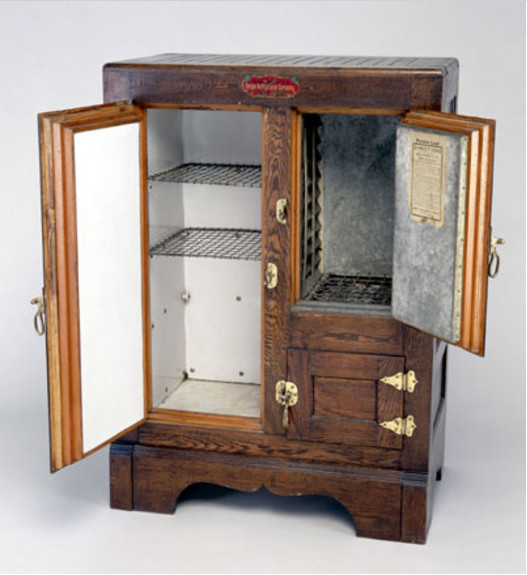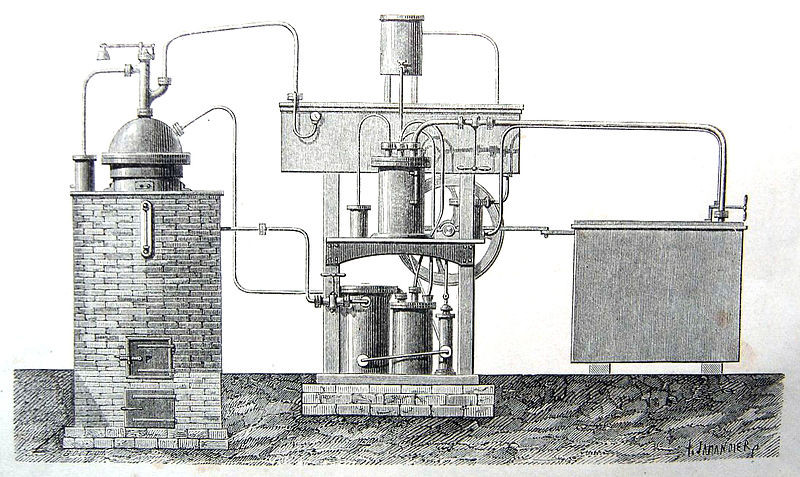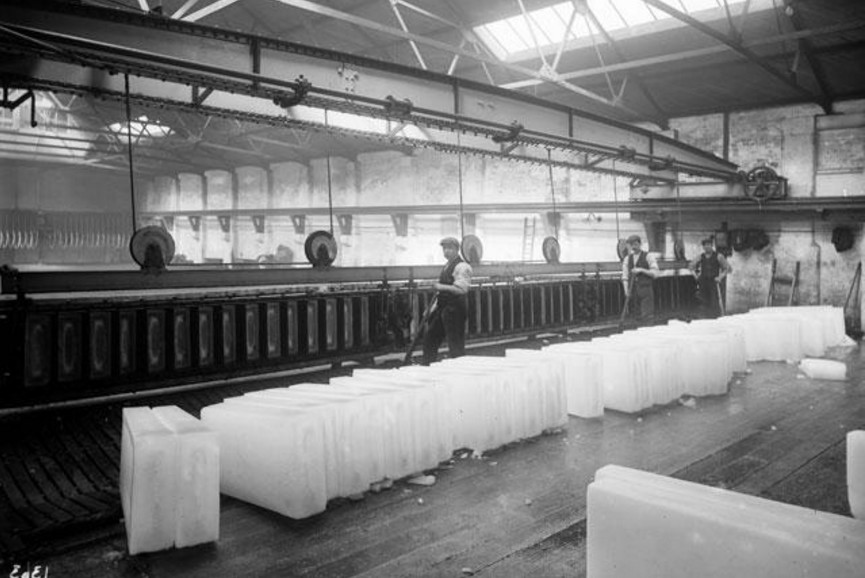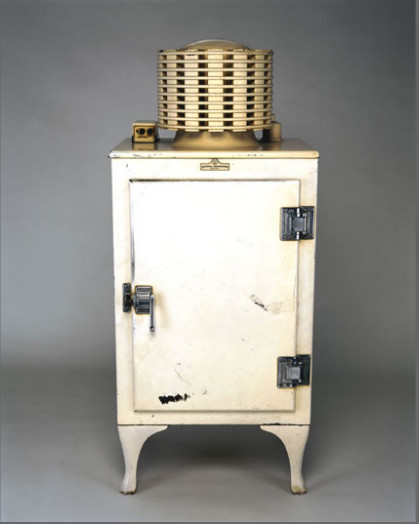
Lessons from the ice trade
Today, business leaders worry that a startup is going take their lunch away and that they won’t be able to react.
And they are right. If you look what happened to the ice trade in the 19th century, it teaches us a great lesson.
The Ice Trade
In Ancient Rome, the Romans found a way to refresh their wine during meals. They collected snow from the Alps and brought it back to Rome. With insulation, the snow lasted a long time without melting.
This practice evolved over the centuries into an entire industry.

In this industry, different companies would collect ice cut from frozen lakes, transport it, keep it in insulated warehouses and finally deliver it to the kitchen. People would put ice blocks into an ice cabinet where the ice melted while keeping their food fresh. The water from the melted ice was thrown away and twice a week the ice man would deliver a new block of ice.

At its peak, in the late 1890s, the industry was processing 25 millions tons per year. Great Britain imported about a 1/2 million ton a year of ice from Norway and the US lakes. The ice was stored in insulated houses and would last all summer.

Then the British came to Australia and Australia was too far to import ice. An Englishman who had enough of drinking warm beer heard about a prototype of a freezing machine. This huge machine with impressive mechanics could create frost from compressing gas into liquid. He brought it to Australia and started producing ice from this first ice factory.

It was a success and more ice factories opened in Australia. The factory would create ice blocks in a couple of days. Eventually, an ice factory opened in Great Britain, competing directly with the ice importer. As more and more ice factories opened, ice import business struggled and disappeared.
 The trade continued until the 1920s when General Electric managed to fit the motor and the compressor unit from the ice factory into a single cabinet unit. The first fridge. As the technology and design improved, the ice maker found themselves irrelevant in the value chain and disappeared overtime.
The trade continued until the 1920s when General Electric managed to fit the motor and the compressor unit from the ice factory into a single cabinet unit. The first fridge. As the technology and design improved, the ice maker found themselves irrelevant in the value chain and disappeared overtime.No adaptation
None of the ice importers became ice makers. None of the ice makers became fridge makers.
Each change responded to the same customer need but in a more convenient or cheaper way.
My takeaway from this this story is that the customer need was always present and didn’t change that much. The solution changed overtime. The consequences of those changes turned out to be dramatic for incumbent businesses and presented huge opportunities for others.
Our fast changing world
We have seen giants like Nokia, Kodak and RIM (makers of Blackberry) almost killed overnight. Leaders realize that disruption could be around the corner and that they need to adapt.
15 years ago, the road to growth was well marked out. Leaders had a clear path to follow. But changes brought uncertainty. And now the road ahead is gone.
The customer need as a compass
In this uncertainty, the customer need is a sure compass for those determined to stay in the race. A North star that lights up a new road.
People don’t buy products… they buy solutions to their needs.
Responding to the customer need is at the very base of value creation. This is what businesses are built on. And the ability to adapt and respond to a customer need better than one’s competitor is what makes a business last.
When the road is gone, focusing on your the customer’s need is you compass and your north star. Not your product, service or solution.
If you want to learn more about how to think and move like a startup, contact me on Tango.
References: